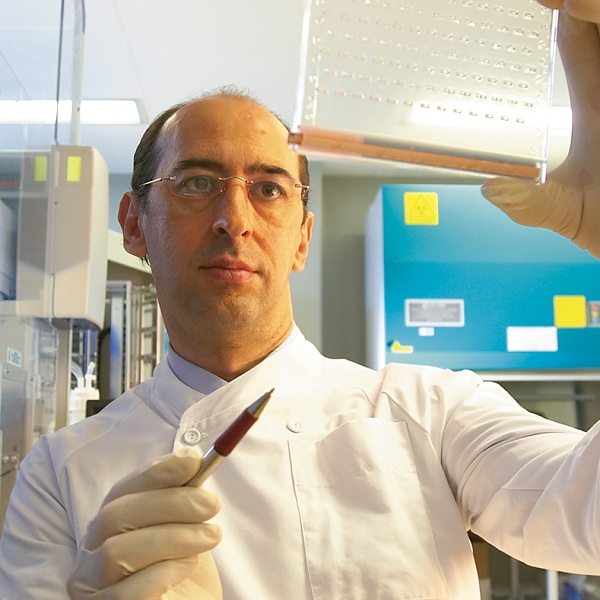Dr Mina John of Murdoch University’s Institute for Immunology and Infectious Diseases (IIID) said HLA-C were a class of receptors present on the surface membranes of almost all human cells and tissues and were an important part of the body’s recognition system against infections.
"When a virus invades a cell, HLA-C receptors bind small pieces of the virus and present them to surrounding cells to engage the immune system, which then sends killer cells to destroy the infected cells," Dr John said.
"We’ve known that HLA-C plays a role in the immune defence against viruses, including HIV, however, this large-scale study confirms that it is the quantity of HLA-C on cells, or the expression level, that is the crucial factor in protection.
"The discovery that people with more abundant HLA-C receptors have a better resistance to HIV will help inform how future preventative and therapeutic vaccines might be better designed."
Unfortunately, while a high number of HLA-C receptors was good for HIV, the same could not be said for autoimmune diseases, such as Crohn’s disease.
"The study found that the risk of Crohn’s disease was increased in those with a high expression level of HLA-C receptors," Dr John said.
"This shows that a more vigorous immune response helps fight infections, but this can be harmful if the immune response is directed against the body’s own tissues, as in Crohn’s disease and other autoimmune diseases."
"Overall, our findings show some of the complexities in understanding how the immune system works in health and disease."
Researchers from Murdoch University’s IIID, including Professor Simon Mallal and Dr John, contributed data and analysis to the multinational study, which was led by Dr Mary Carrington of the Frederick National Laboratory for Cancer Research in Maryland, USA.
The research has been published in the journal Science.

